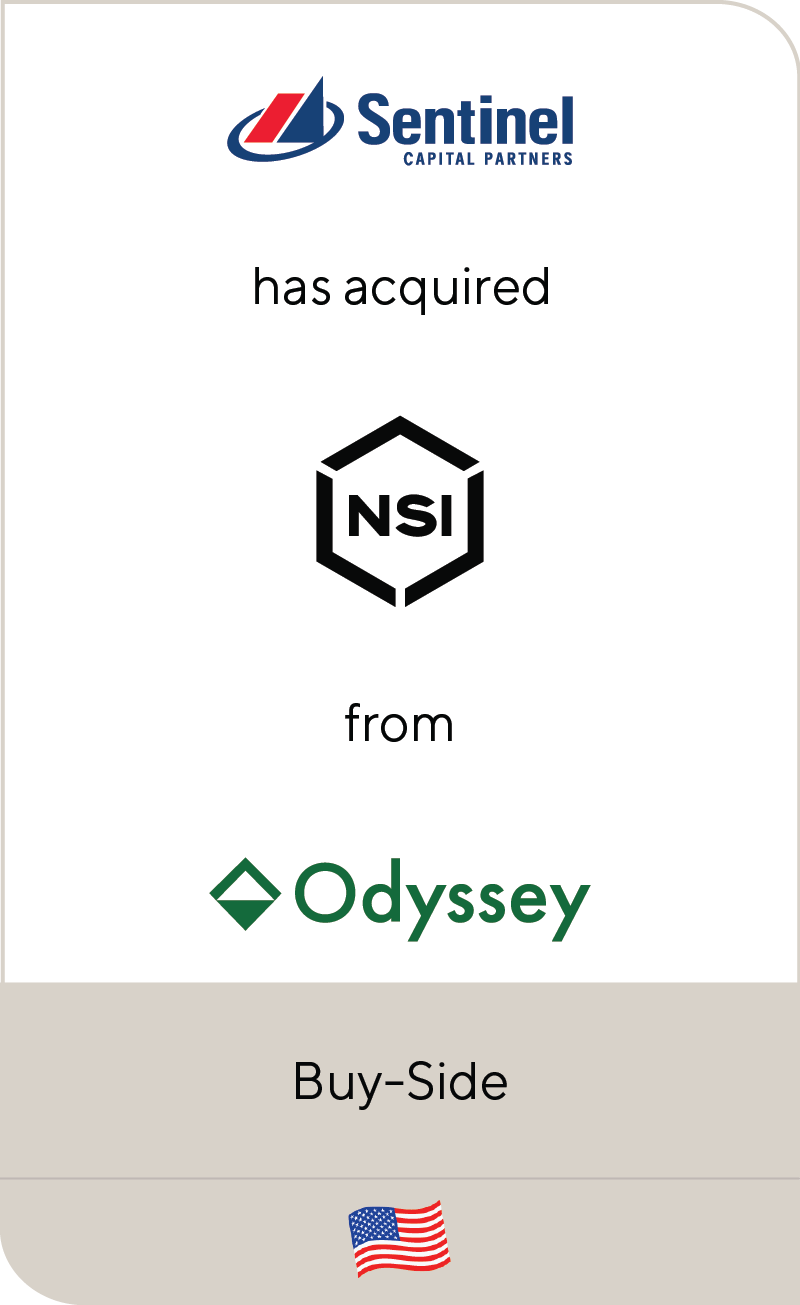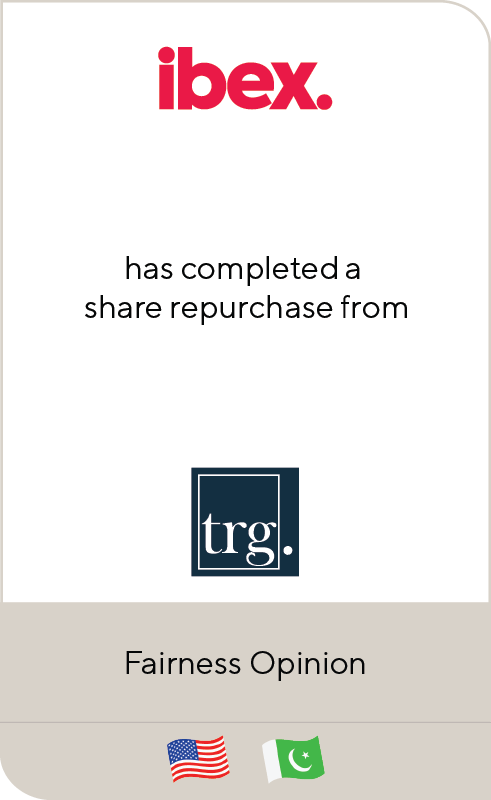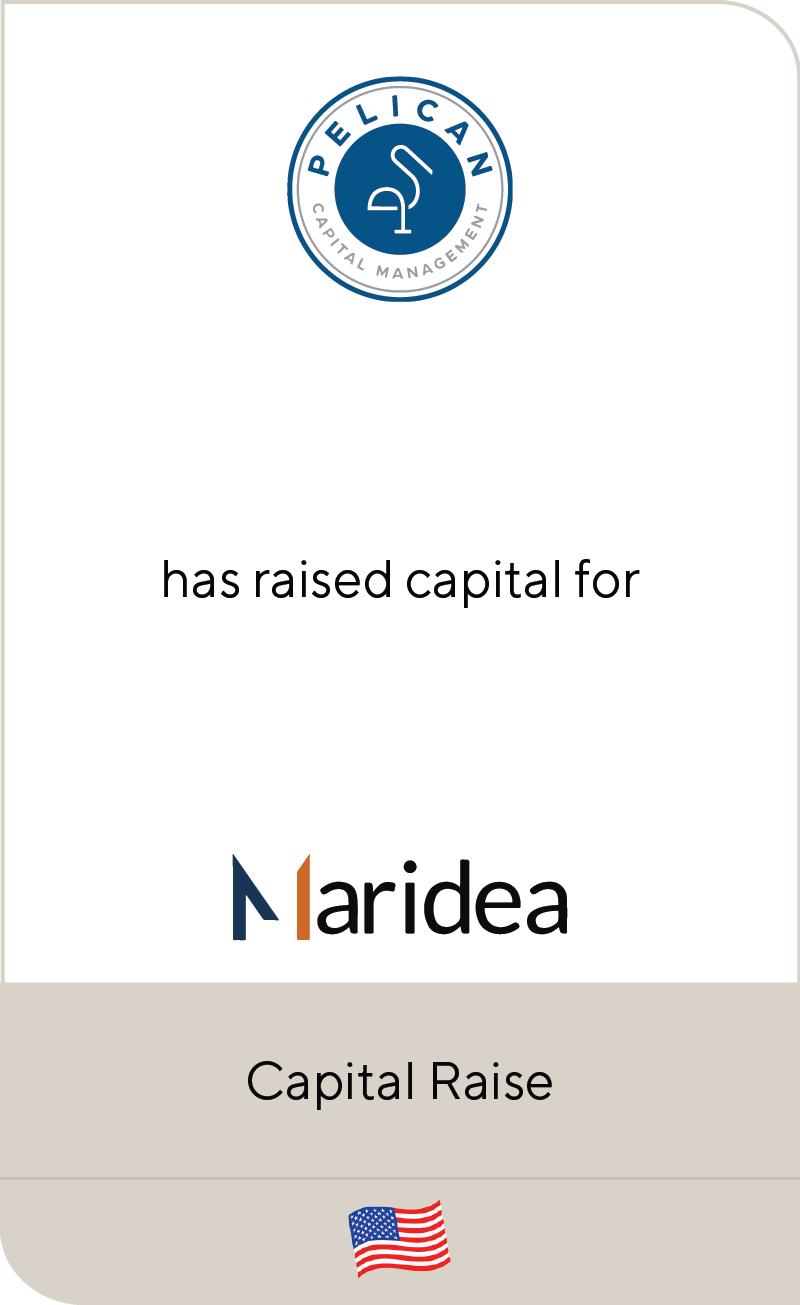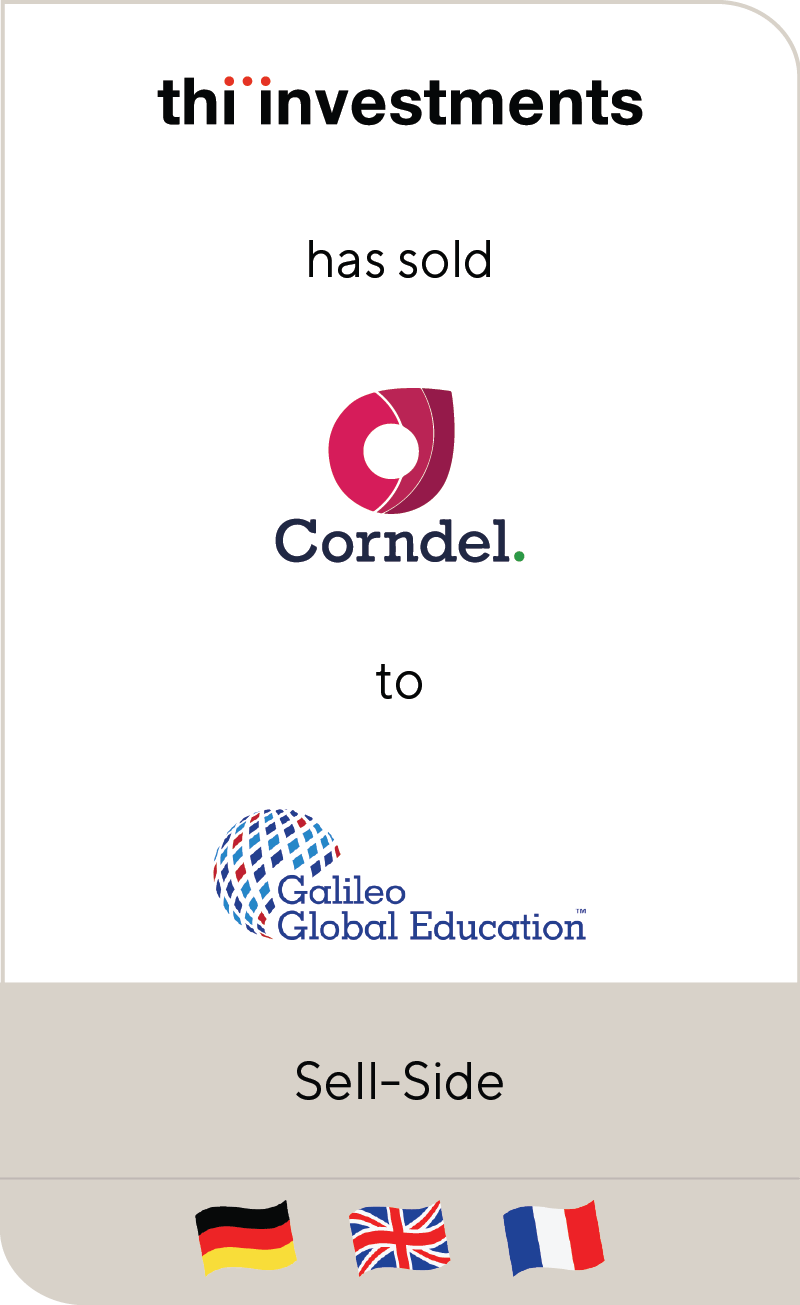Ocean & Air Freight Prioritize Scale
Jul 2021
| The first half of 2021 has seen global economies re-emerge from the 2020 pandemic-induced slump. Whilst the U.S. recovery is ahead of Europe and parts of Asia, there is strong mergers and acquisitions (M&A) momentum across the logistics and transportation (L&T) industry that began in the second half of 2020 and continued well into the first half of this year.
Threats to the global flow of goods from earlier trade war scenarios have been replaced with concerns about global supply chain disruptions and volatilities connected to a scarcity of air and ocean carrier capacity, congested ports and global container box imbalances. This is all against the backdrop of a strong inventory re-stocking cycle—especially in the U.S. |
Summary
-
This is the first article in a two-part series where Lincoln International explores the latest trends in the logistics and transportation industry—from trade war fears to supply chain volatility caused by a spike in demand.
- Click here to download a printable version of this perspective.
- Sign up to receive Lincoln's perspectives
OCEAN SHIPPING LINES GAIN MORE POWER
Sea freight rates between China and the west coast of the U.S. continue to rise and rates from Shanghai-Rotterdam topped the USD 12,000 mark, per FEU. Air freight rates also continue to remain at all-time highs. The higher rates have significantly supported gross margins as well as air and ocean forwarders’ bottom-lines worldwide.
In ocean shipping, consolidation in recent years—especially among medium-sized carriers and through the formation of shipping alliances—has shifted the balance of power to favor the carriers. This scenario is a reverse of prior years when forwarders and shippers could command conditions. These changed market characteristics stem from the ability of ocean carriers to reduce available market capacity, e.g., through “blank sailings.” The result is that customers start to chase container lines, giving them pricing power, especially on the spot market. This is not expected to change anytime soon if the new market structures prove effective.
Pressure to scale drives ocean shipping line freight M&A
Against the backdrop of a still highly fragmented global forwarding market, there is increased pressure on global forwarders, even the large players, to gain scale in order to remain relevant. K+N’s acquisition of Apex and DSV Panalpina’s acquisition of Agility’s GIL are examples of this.
Forwarders increasingly face competition from ocean carriers trying to serve shippers directly with their end-to-end solutions. The most prominent example is Maersk, who completed the integration of its former forwarding subsidiary Damco at the beginning of the year. In May, Maersk announced plans to continue using M&A to accelerate its business expansion with the goal to create an end-to-end logistics network for shippers. Other prominent examples are CMA CGM with Ceva as well as port operators that extend their value chain presence.
Globally integrated players are emerging, as seen by the recent acquisition of global auto and technology contract logistics player Syncreon and the announced offer for acquiring Imperial Logistics by DP World. DP World is one of the world’s largest operators of marine ports and inland cargo terminals. It has pursued an active acquisition strategy in recent years, becoming a more diversified, integrated logistics player.
Similarly, in refrigerated and temperature-controlled logistics, particularly REIT style warehousing players such as Lineage and Americold, are extending their reach globally and along the value chain. An example of this is Lineage’s recently announced acquisitions. The acquisition of CryoTrans in the U.S. enabled them to move into refrigerated railcar solutions and the purchase of UTI Forwarding in the Netherlands strengthened their refrigerated (reefer) forwarding capabilities. U.S.-based Crystal Creek granted them entry into the direct-to-consumer market and their European footprint expanded through the acquisitions of Klosterboer, Claus Sørensen and Frinavarra (following 12 deals in Europe in 2020).
These integration strategies further put forwarders under pressure to increase scale or add special capabilities to remain relevant for shippers.
PANDEMIC RECOVERY CRITICAL FOR THE AIR FREIGHT INDUSTRY
The continued significant reduction in (belly) freight capacity from subdued passenger services supported margins and air freight rates over the last 18 months. However, the short-term outlook for the market is relatively volatile. On the demand side, it reflects expectations around the different speeds of economies reopening. This, combined with government stimulus programs, should increase demand, triggering inventory restocking.
Long-term, cross-border e-commerce is expected to be a key driver of demand. The relative ease of accessing new markets and consumers in other geographies as well as consumers’ comfort purchasing foreign goods online continues to gain brand owners’ attention. Further support for mid-term demand can be expected from the recovery of B2B business volumes.
On the supply side, short-term development will depend on how fast international passenger services will recover. Given the still significant restrictions on international travel, one may expect air freight capacity to remain restricted, at least short-term.
Additionally, the weakened financial positions of most major airlines during the pandemic increases the likelihood of consolidation among airlines and intensified alliance formation. This may lead to longer reductions in capacity and competition, suggesting longer term support for higher air freight rates.
Air freight also turns to consolidation to scale businesses
In such an environment, large freighter or express networks will continue to gain market share, benefitting third-party logistics (3PLs) with access to inhouse capacity. Hence, similar to ocean freight, there is increased pressure on forwarders to gain scale and/or expand their own charter capabilities. Moreover, this may create opportunities for integrators to synergistically leverage their networks by “bolting on” specialized air forwarding and cross-border e-commerce services providers.
Contributors
Meet Professionals with Complementary Expertise

I am enthusiastic about creating sustainable growth and the highest value for our clients and strive to leave a positive footprint beyond any successful M&A transaction.
Friedrich Bieselt
Managing Director & Head of Business Services, Europe
Frankfurt
The transactions we work on are often trajectory-altering, with high stakes and pressure to get it right. We know our work, however challenging in the moment, is going to be impactful.
Mike Iannelli
Managing Director & Co-head of Business Services
Chicago






















